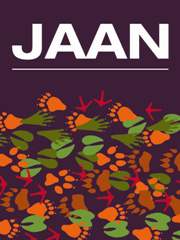Article contents
Influence of teat flow rate in commercial milk feeding systems on calf digestion and performance
Published online by Cambridge University Press: 22 September 2015
Summary
Seventy two, one day old Friesian heifer calves were fed whole milk either via regular or slow release teats on commercial calfeteria systems (Milkbar, McInnes Manufacturing Limited, Waipu, New Zealand) for 42 days. For the entire period, the consumption time for the calves fed on the regular flow rate teat calfeterias was twice as fast as for those fed using the slow teats. Meal intake was numerically higher for the calves fed milk using the slow teats. At day 42, calves on the slow teats had a strong trend towards higher daily gain. At 14 days of age, visual differences in curding were seen in the abomasum of culled calves, with the fast teat-fed animals having large lumps of curded milk surrounded by watery liquid, whereas the slow teat-fed calves had much smaller particle sized curding in thicker fluid. Lactose digestion in the stomach was significantly higher for the calves fed using the slow teats, and there was a strong trend for higher levels of free protein in the ileum. Using slow flow rate teats to feed calves from day old to weaning appears to have an important impact on digestive processes in the immature gut. Such improvements in digestion and rumen development in young calves may assist in the digestion of milk and other feeds, leading to improved growth performance. Under farm conditions, slow release teat systems may reduce scours and other digestive problems in young calves during peak milk intake (up to 15 d of age), due to increased ileal digestion of nutrients, preventing undigested nutrient flow to the hind gut. It may also reduce cross-sucking behaviour in calves, which is undesirable.
- Type
- Original Research
- Information
- Copyright
- Copyright © Cambridge University Press and Journal of Applied Animal Nutrition Ltd. 2015
References
- 3
- Cited by


